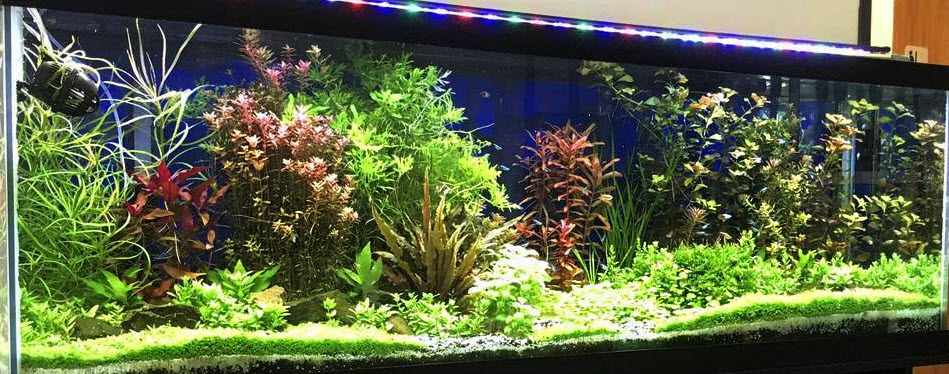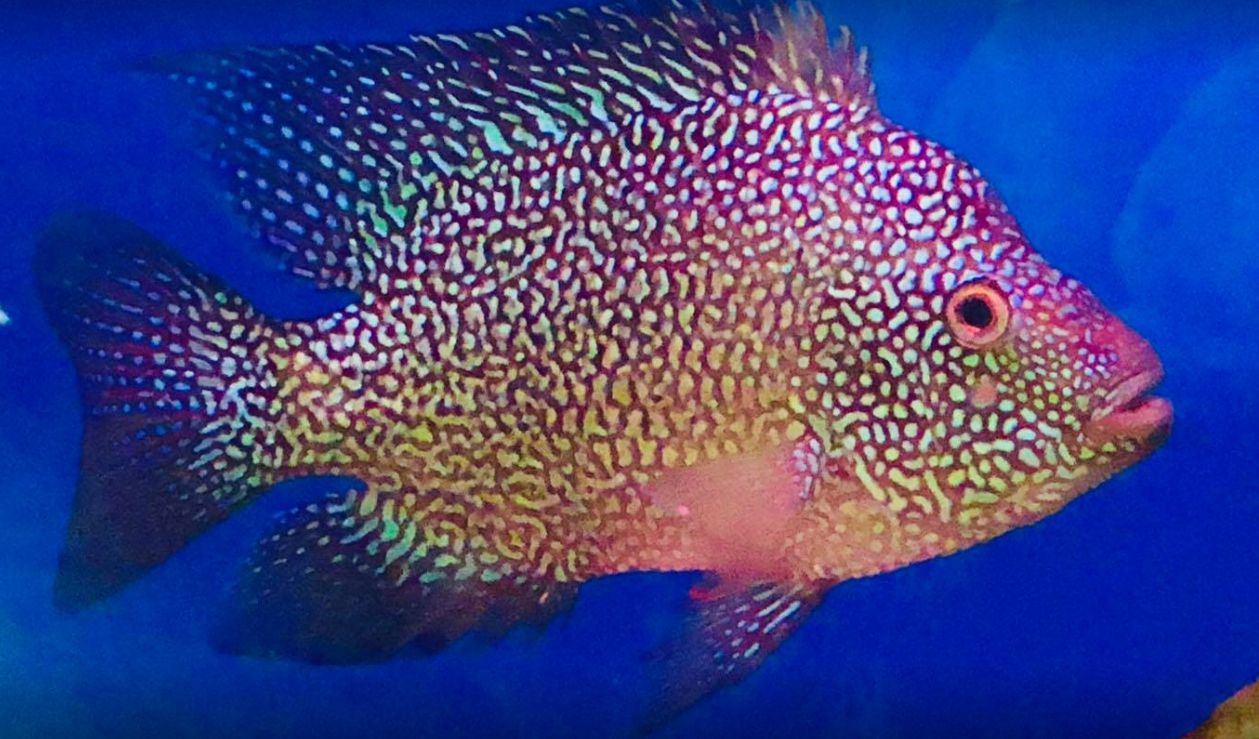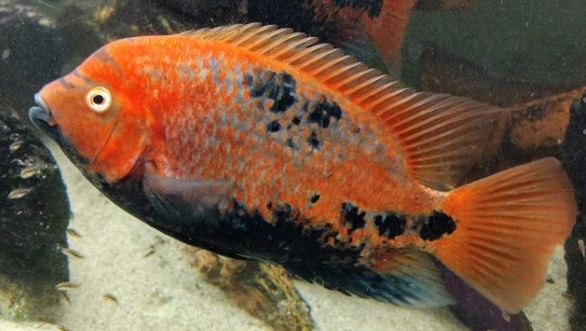
A common fish symptom is “spinning”, “twirling” or “whirling”. Many hobbyists mistake this with swim bladder disease. But in swim bladder the fish assume an abnormal posture. In “twirling”, there is no posture at all. This symptom is most often caused by a gram-positive bacterium. Per the book “Fundamentals of Ornamental Fish Health”, Helen Roberts, 2010, Page 181:
“The most common bacteria in this group that cause disease in fish are Streptococcus spp.; other Gram-positive genera that are closely related to Streptococcus and cause disease in fish include Lactococcus , Enterococcus , and Vagococcus . Neurological signs are extremely common in fish with streptococcal infections, and abnormal swimming behavior such as spiraling or spinning is often reported (Yanong and Francis-Floyd, 2006). High mortality may also occur.
Streptococcus infection can cause neurologic signs if it enters the brain. This infection is rare but has been found in rainbow sharks, rosy barbs, danios, and some tetras and cichlids. All fish are considered susceptible. Signs of neurologic disease caused by Streptococcus infection include spinning or spiraling in the water. Sources of infection can be environmental or from infected live foods. The source must be identified and removed to prevent future outbreaks. Antibiotics are usually used to treat Streptococcus infections. Because Streptococcus is in a special group of bacteria, the gram-positive bacteria, specific antibiotics are necessary to treat these infections”

As this is a symptom most often caused by a gram-positive bacterium, the best treatment is erythromycin (API E.M. Erythromycin, Mardel Maracyn, Thomas Labs Fish Mycin) or penicillin. Treatment needs to be in the food as fish don’t drink.
It is easy to make medicated food. Heat 1/4 cup water (two ounces or 58 milliliters, not a lot) in the microwave. Then blend seven grams of plain animal derived gelatin (Knox gelatin, one packet) into the hot solution with vigorous stirring. Take two tablespoons of dry commercial fish food (pellets or flake) and mix it with just a little of the hot water/ gelatin mixture. Add hot water/gelatin until you get a paste like consistency. If it gets too watery just add more food.
Then add roughly 1/16 teaspoon (a 1% to 2% addition) of the medication to the mud. Mix and mash the whole mass thoroughly. Spread it out into a pancake about 1/8th inch (3 mm) thick on a plastic film or a plate. Then put in the refrigerator. If you plan on keeping it for more than two weeks put it in a small plastic bag and freeze. Note that the exact amount of medication which goes into the food is not very important. Antibiotics can be overdosed pretty much with abandon as they are only toxic in large doses over a period of months.
We should mention one twirling disease which does NOT occur in tropical fish. Myxobolus cerebralis is a twirling disease caused by feeding live tubifex worms. Some in social media have “reported” this disease to occur in cichlids from farms in Florida. But a research paper (“Whirling Disease in the United States”, Bartholomew et. al. Oregon State University, 2009) says this disease has never been found in any warm waters in the Southern United States.
And in any case, this disease is caused by feeding live tubifex worms to fish. It has about a 60% to 90% mortality rate. Commercial cichlid breeders in Florida use tubifex worms frequently for feed. If a commercial raiser of cichlids in Florida was getting a 60% to 90% mortality rate from feeding tubifex, would they continue to feed tubifex? Probably not. So, these “reports” are not accurate.

Another common bacterium causing twirling is fish TB (Mycobacterium). The spinal deformities common with fish TB are often present in fish with twirling. It can become like a plague with some fish like guppies, killing one off every week until the aquarium is bare. For treatments see fish TB.
Mad dashing about with some twirling is a sign a fish has been poisoned, often several days earlier. The most common poison by far is chlorine. Very high levels of ammonia (> 10 ppm.) will also give these symptoms.
.
Return to Symptoms Menu
.
Aquarium Science Website
The chapters shown below or on the right side in maroon lead to close to 400 articles on all aspects of keeping a freshwater aquarium. These articles have NO links to profit making sites and are thus unbiased in their recommendations, unlike all the for-profit sites you will find with Google. Bookmark and browse!
.
